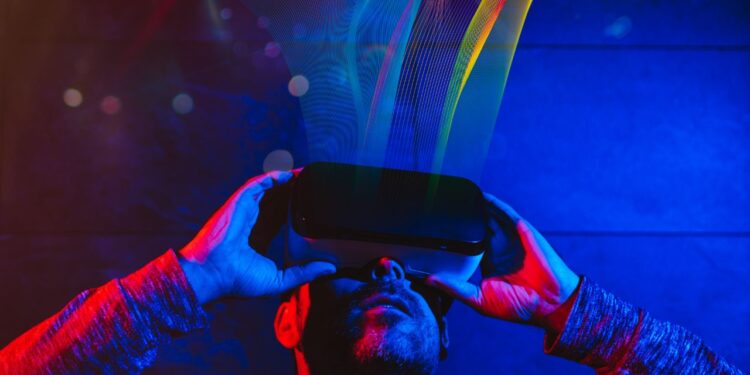- With Frameable.com, CEO and founder Adam Riggs has transformed the definition of a virtual office, taking it beyond just video meeting software and enabling users to take in valuable information and feel connected to their peers.
- By utilizing a virtual office environment, companies can ensure that their employees are connected in a way that allows for impromptu conversations and collaboration
- Sitting down with Allwork.Space’s Future of Work Podcast, Riggs shares his insights on how a virtual experience could potentially replace the office.
The future of office space has been heavily debated this year. The only consensus seems to be that hybrid or fully remote teams have evolving needs that require novel solutions.
Try as they might, leaders still want to bring employees back into the office for fear of decreased productivity. But what if there was a virtual experience that could replace the office?
Sitting down with Allwork.Space’s Future of Work Podcast, the founder and CEO of Frameable.com Adam Riggs shares his insights on this very question.
With Frameable.com, Riggs has transformed the definition of a virtual office, taking it beyond just video meeting software and enabling users to take in valuable information and feel connected to their peers.
So, what does a truly immersive virtual office look like for companies?
Identifying The Most Important Components Of A Virtual Office
Riggs describes a virtual office as “a place that you can come to that is a virtual space where you can do your work, usually with colleagues.”
With this, he offers insight into how a virtual office can help companies achieve the most important factors of a well-oiled business: productivity, diversity, employee well-being, and collaboration.
However, creating a virtual office that seamlessly merges people, places, and technology is a complex process.
To begin, it is important to identify all aspects of the office. For example, the virtual office should provide a space for people to meet and work together, a breakroom, and private offices.
A virtual office must also be able to track progress and performance, using tools such as project management software or task-tracking tools.
From there, leaders must provide an outline of all the expectations of the virtual office.
The plan needs to cover critical topics such as usage fees, security protocols, data privacy, as well as how the office will be managed and who will be responsible for the maintenance and upkeep of the virtual office.
Finally, operating a virtual office should include a provision for how the office will be monitored and evaluated to ensure optimal productivity.
With all these pieces in place, the virtual office can be launched and used to create a highly flexible and productive work environment.
Using Technology To Boost Meaningful Collaboration
Virtual offices should, of course, include all the basics needed for a modern workplace. That includes tools for video meetings, screen sharing, and other collaborative necessities.
“The problem with video meeting software is that you don’t really collect any of that information when you’re in a meeting with someone…it’s a bilateral exchange; there’s nothing that is telling you anything about the other people in your office,” said Riggs.
Using technology to enable discussion among colleagues and provide peripheral information to users is a core component of the virtual office experience.
This involves creating a platform that allows users to hold meaningful conversations, while also providing them with context of the environment they are in.
Spontaneity And Its Impact On Employee Wellbeing
By utilizing a virtual office environment, companies can ensure that their employees are connected in a way that allows for impromptu conversations and collaboration, while also providing the freedom to explore new ideas and solutions.
Additionally, employees that have access to this type of virtual office experience are more likely to feel connected and included in the work environment, meaning a happier and more productive workforce.
Overall, the combination of being, collaboration, and spontaneity can help companies to improve their bottom line.
“If you want to build a virtual corollary [of the office], it can’t just be a place where meetings can take place over and over and simultaneously,” said Riggs. “It has to be a place where serendipitous interactions can happen, where collisions can happen, where you can find yourself pulled into things that you weren’t planning on making a contribution to.”


 Dr. Gleb Tsipursky – The Office Whisperer
Dr. Gleb Tsipursky – The Office Whisperer Nirit Cohen – WorkFutures
Nirit Cohen – WorkFutures Angela Howard – Culture Expert
Angela Howard – Culture Expert Drew Jones – Design & Innovation
Drew Jones – Design & Innovation Jonathan Price – CRE & Flex Expert
Jonathan Price – CRE & Flex Expert













